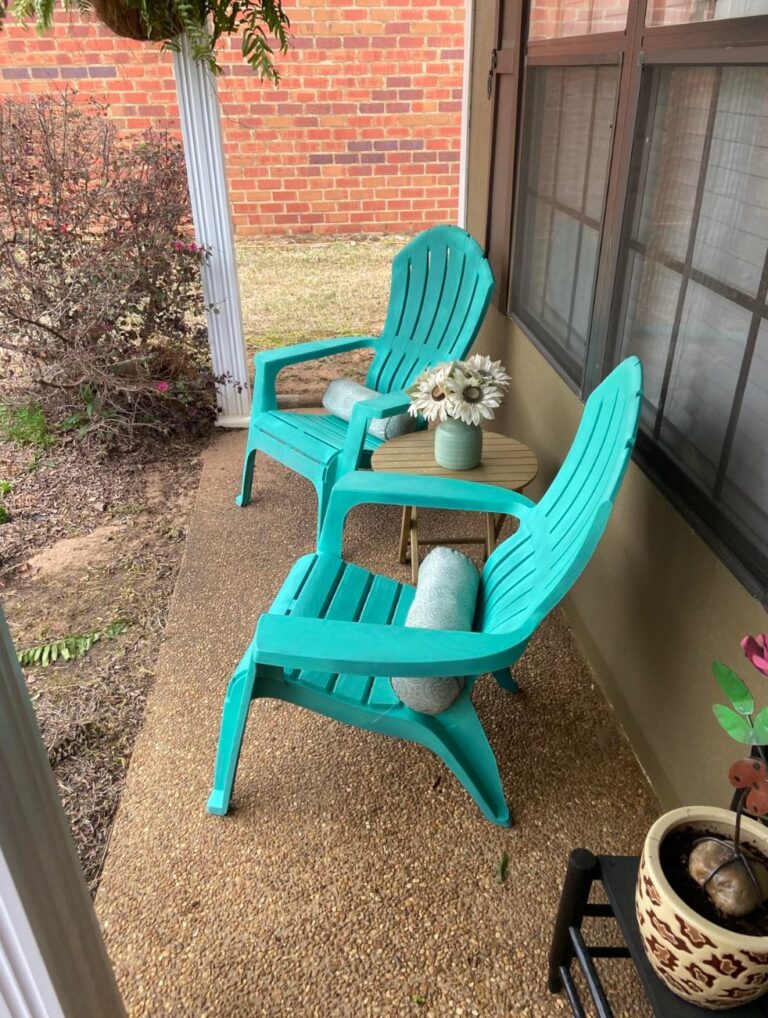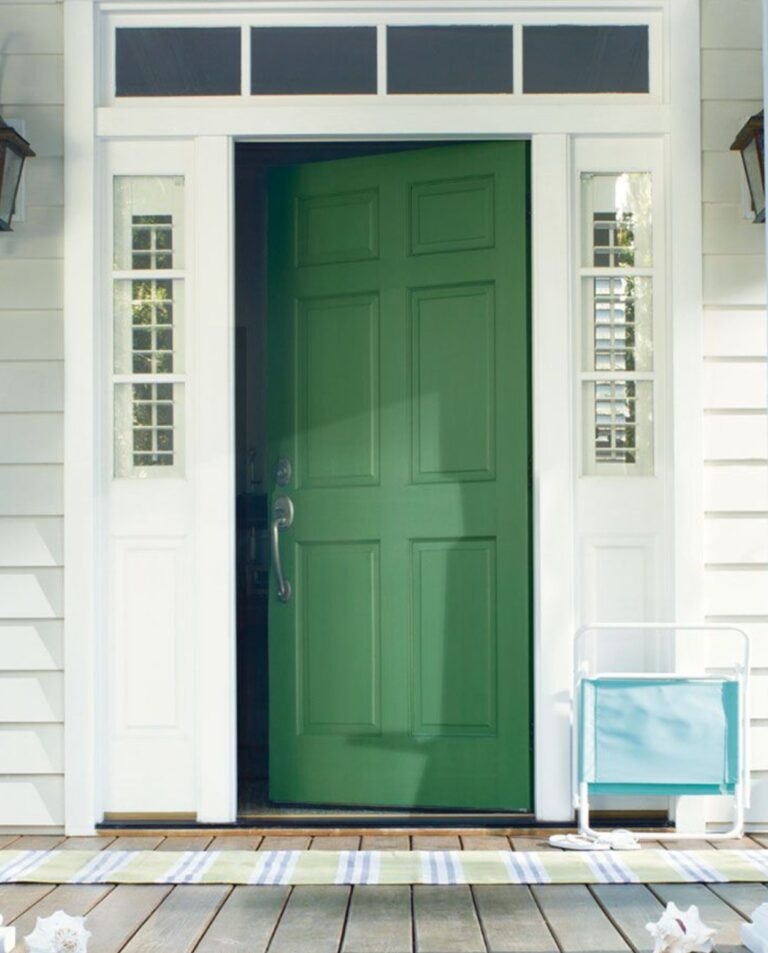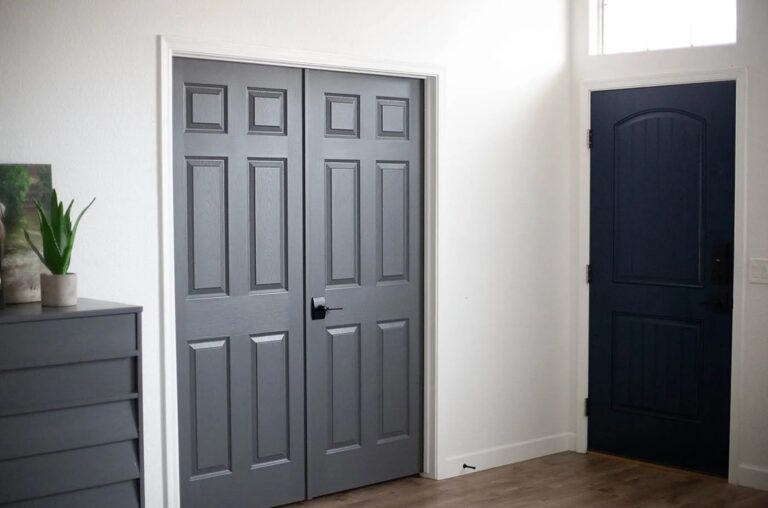Picking the right exterior paint is a decision that will affect your house for years to come. Good quality paint shields your walls from moisture, UV rays, and temperature swings, helping your building materials last longer.
The thing is, many homeowners try to cut corners on exterior paint or pick the wrong type, which leads to quick wear and extra repair costs down the road. Ironically, investing in professional-grade paint instead of budget options can pay off within just 2-3 years.
I’ll walk you through the main types of exterior paints and help you pick the best one for your home based on my experience and what I’ve learned from professional painters I know.
What Makes a Great Exterior Paint?
Weather Impact
After working in different cities, I quickly learned that local weather makes a huge difference when choosing outdoor paint. The extreme temperatures in Denver call for totally different paint than you’d use in sunny San Diego.
And coastal areas? That’s a whole other story – the salty air eats through regular paint like nobody’s business. If you’re up in the mountains, you definitely need paint with serious UV protection – those UV rays are no joke at high altitudes.
Material Compatibility
There’s more to painting different materials than meets the eye. Each surface needs its own unique approach.
Wood siding works best with acrylic latex paints – they let the wood breathe and won’t crack when it naturally expands. Vinyl siding needs specific paint formulas that won’t warp when it heats up.
For brick and stucco, you want paints that let moisture escape, or you’ll end up with trapped water under the paint. When dealing with metal surfaces, go for paints with anti-rust additives – trust me, it’s worth it to avoid repairs later.
Durability
Modern paints are different when it comes to how long they last. Generally speaking, premium latex and acrylic paints tend to hold up better – they just have better ingredients for exterior use.
Oil-based paints might seem tougher since they’re thinner, but they tend to turn yellow pretty quickly in the sun. Here’s a tip: the number of coats really matters! I always do two coats – it makes a world of difference in durability. I’ll show you what I mean with some examples later.
And remember: surface prep is key – even top-of-the-line paint won’t stick around on a dirty wall.
Drying Time
People often overlook drying time, but it’s actually pretty important! It affects both your schedule and your wallet.
Oil-based paints need about 6-8 hours to dry, while latex and acrylic are quicker at 4-6 hours. But here’s the catch – full curing can take days, especially when it’s humid out.
I learned this the hard way once when I rushed to paint a porch and put the second coat on too soon – I had to start over from scratch. Now, I always check the weather forecast and give myself plenty of extra time.
Also, when painting in cooler weather, keep an eye on the temperature – some paints won’t form a proper coating below certain temperatures, and you’ll end up with a mess on your hands.
Best Exterior Paints and Why
1) Benjamin Moore Element Guard
After testing countless paints, Element Guard still blows me away. Picture this: you finish painting, and it starts pouring an hour later — but the paint doesn’t miss a beat! It’s been a real game-changer for me during rainy seasons.
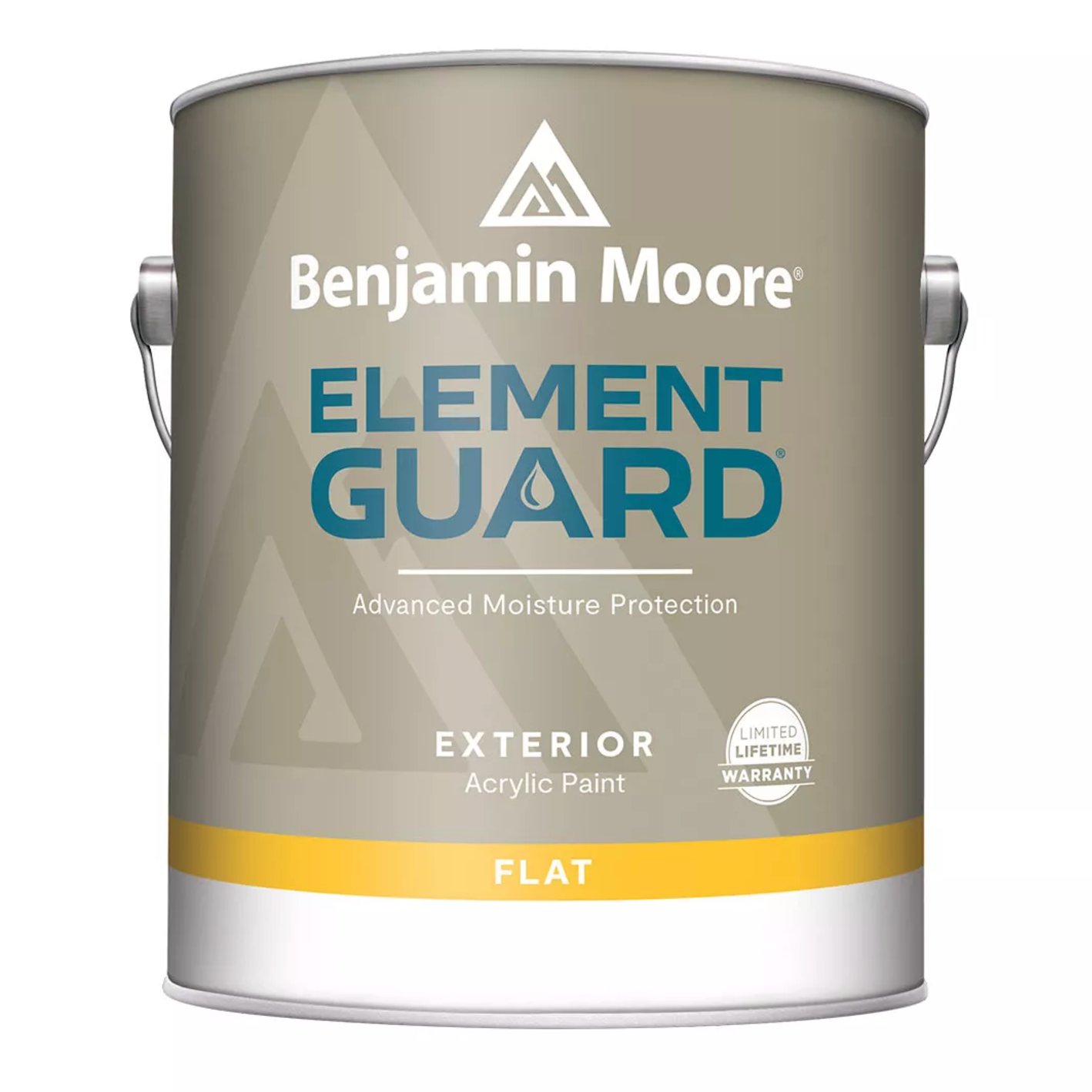
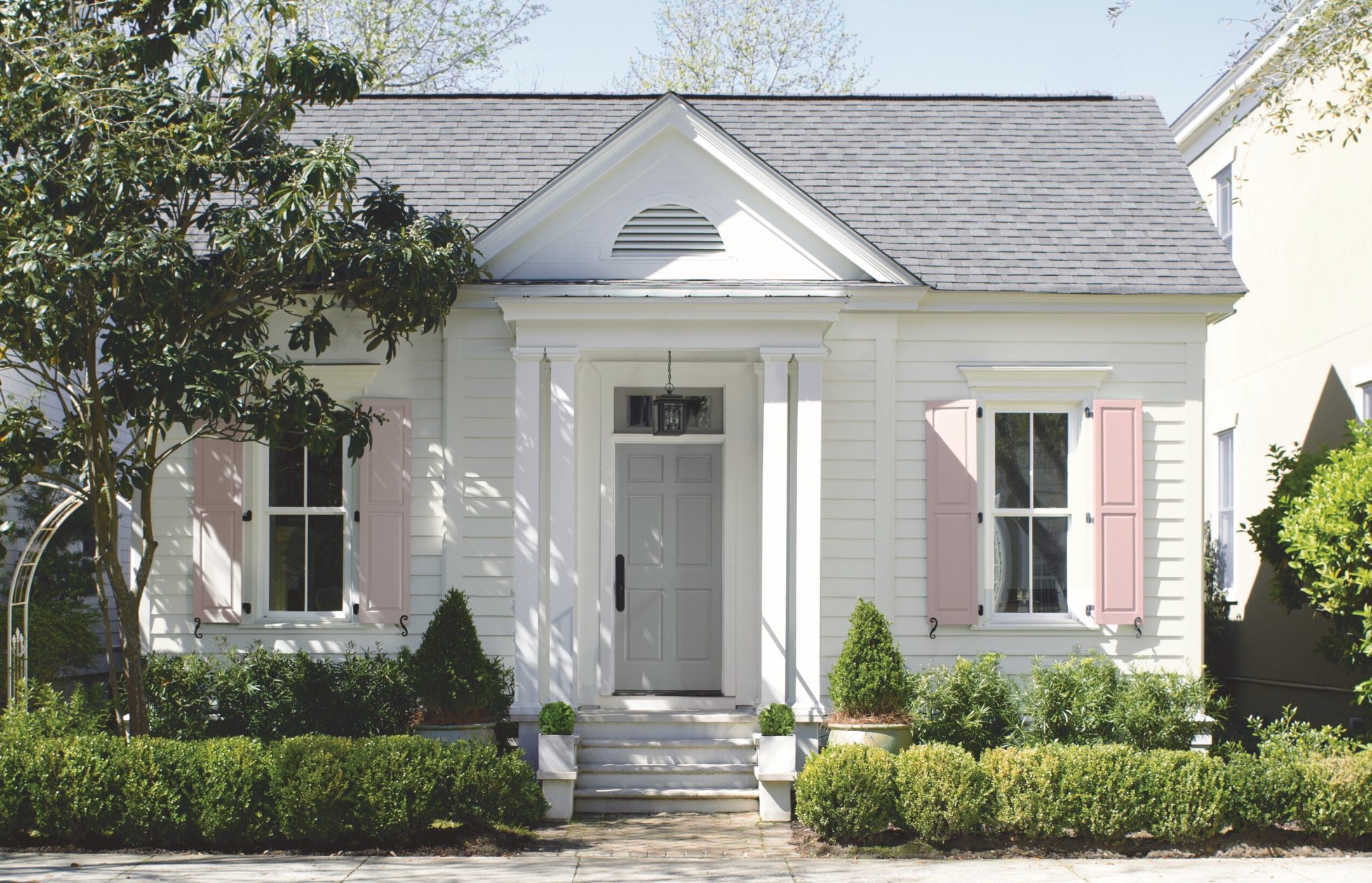
It sticks beautifully to everything — wood, vinyl, stone, you name it. Being able to paint in temperatures as low as +2°C makes it perfect for those tricky between-season jobs. Its 100% acrylic formula creates an ironclad bond with surfaces, preventing cracks and peeling. Plus, it fights off mold like a champ, which is huge in humid areas.
My fellow painters also swear by it when the weather’s acting up.
2) Benjamin Moore Regal Select
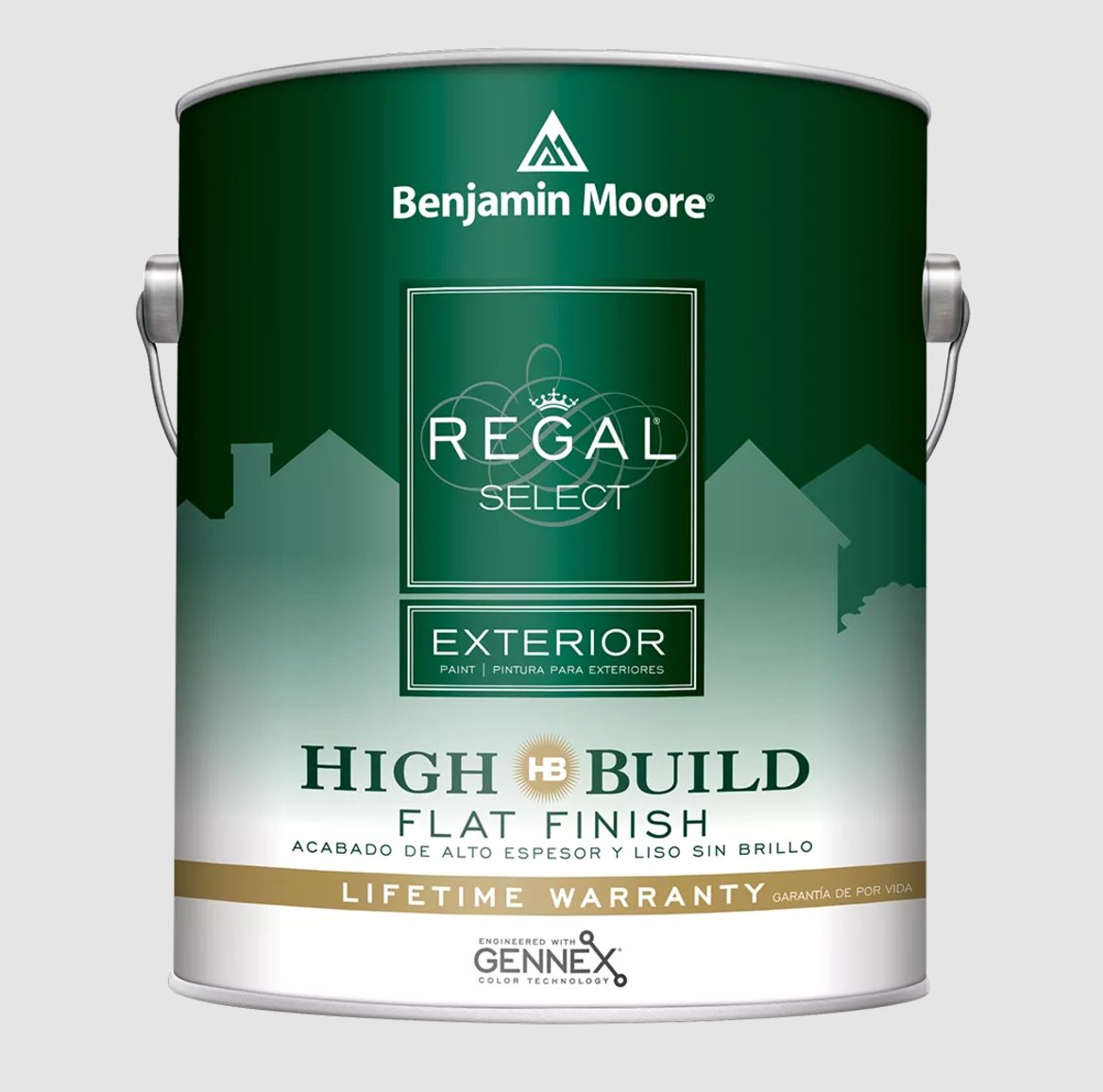
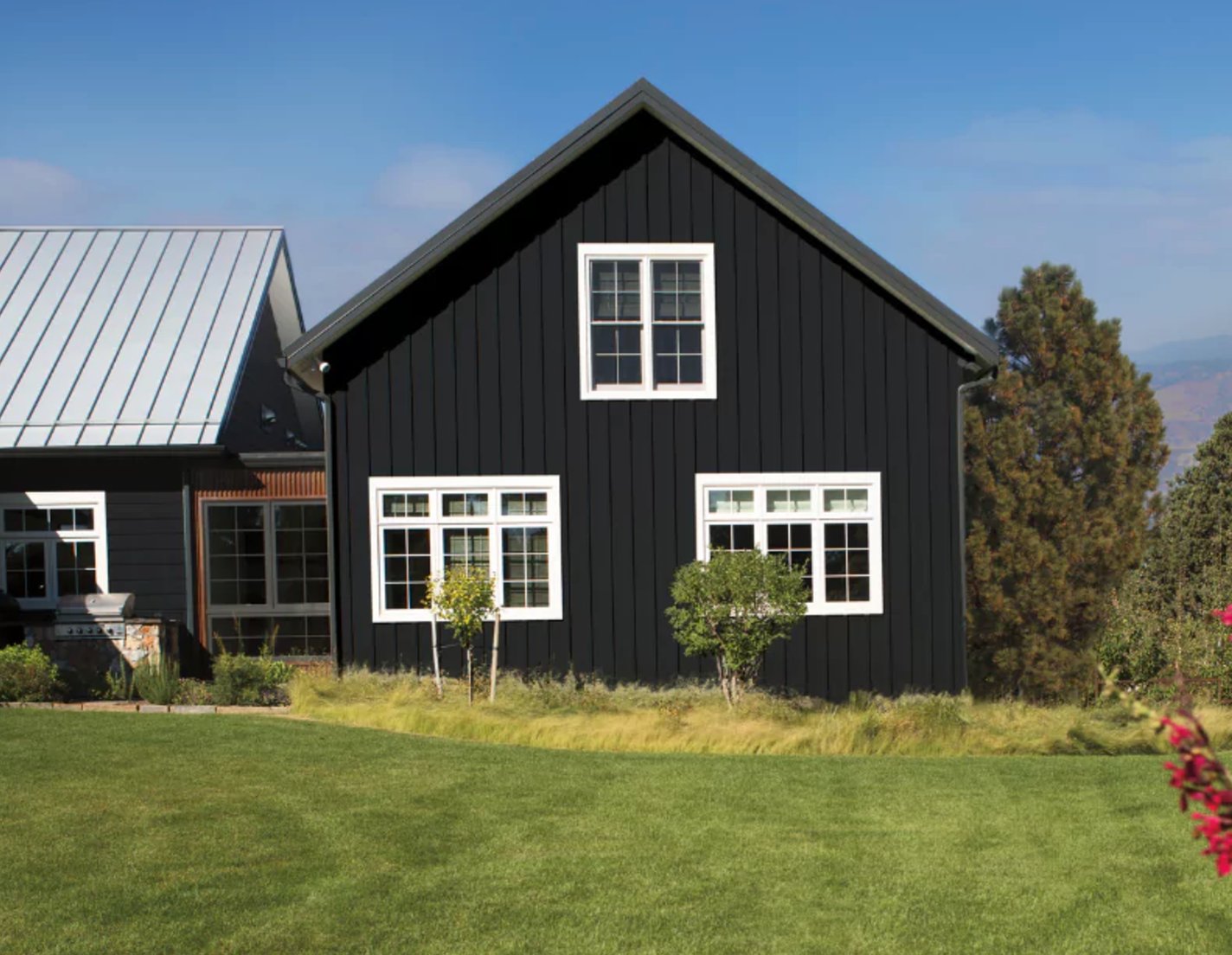
With Regal Select, you definitely get what you pay for. It goes on so thick it can hide pretty obvious surface flaws. On aluminum siding, it’s practically bulletproof — standing up to whatever the weather throws at it.
What really gets me is how it fills in those tiny cracks to create this glass-smooth finish. And here’s the best part — it lets the surface breathe, so moisture escapes instead of getting trapped underneath.
3) BEHR PRO e600
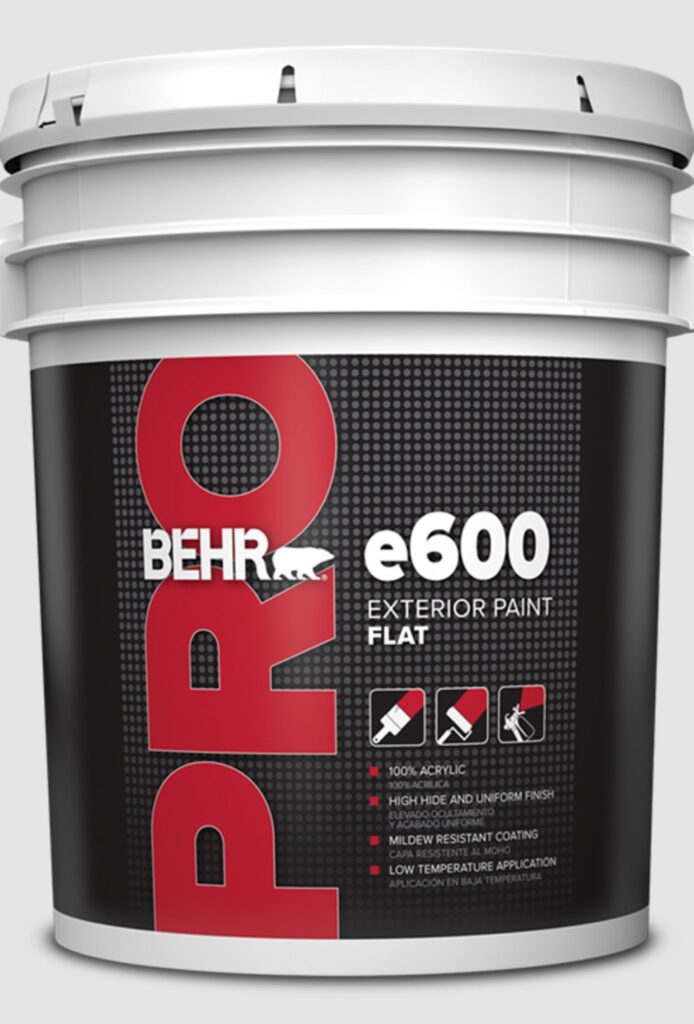
E600 is a total winner for big projects. You know those annoying lap marks where sections overlap? This paint makes them a thing of the past.
It spreads so smoothly that you’d have to try pretty hard to mess it up. Dirt barely sticks to it, and when it does, a quick wash takes care of it.
I often reach for this one when working with contractors — it’s forgiving if someone’s technique isn’t perfect, and the color stays true even in rough conditions. The price point isn’t bad either, making it great for budget-conscious projects.
4) Sherwin-Williams Emerald
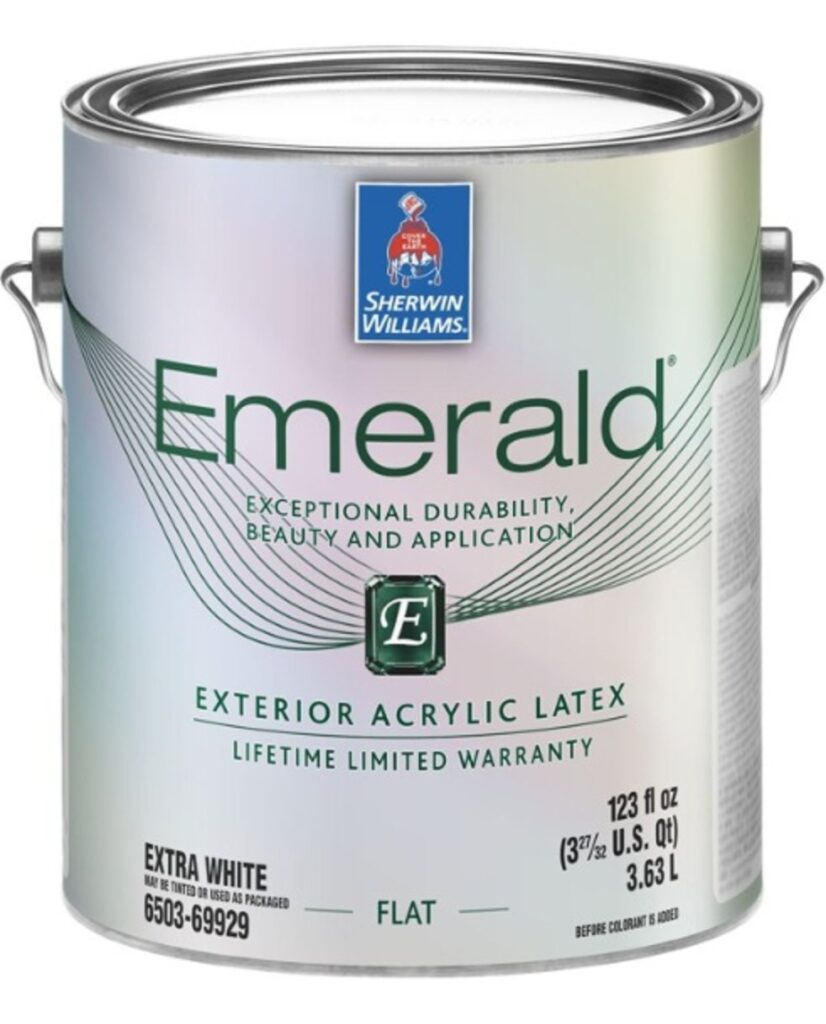
Emerald is a one-stop shop — no primer needed, it does all the heavy lifting itself! It makes wooden siding look like a million bucks, smoothing over any roughness for a flawless finish.
Humidity is no match for this paint — I’ve seen houses where mold hasn’t dared show its face even years later. My clients keep telling me their Emerald-painted homes look fresh out of the showroom after several seasons of sun beating down and rain pouring.
5) Benjamin Moore Aura
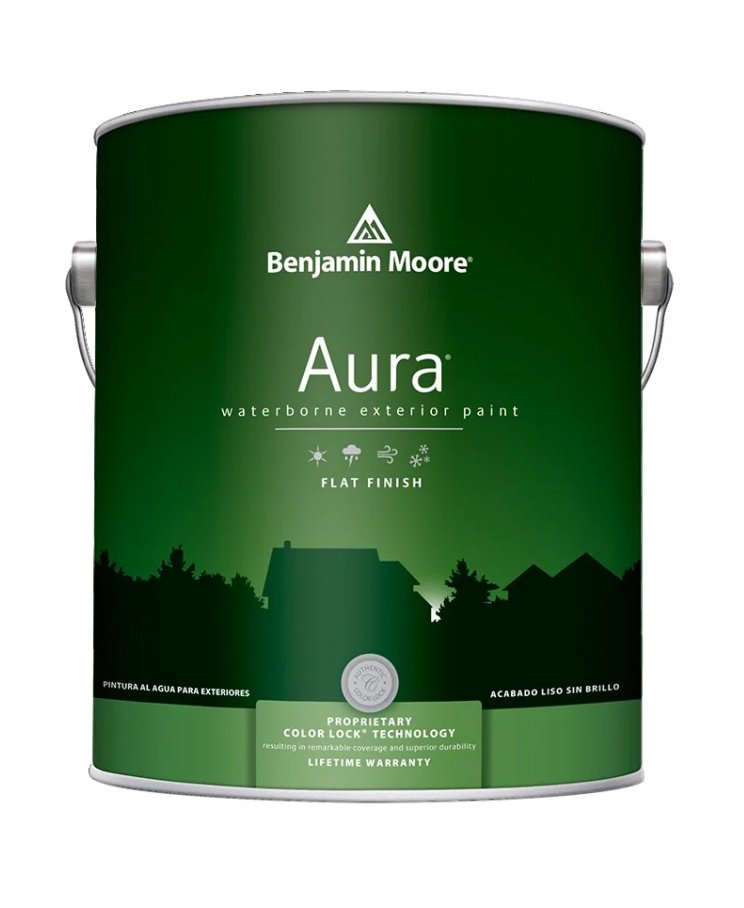
The Color Lock technology in Aura line is something else — colors stay as punchy as day one for years on end. I love working with it when it’s chilly — it goes on smoothly even at +4°C.
Think of it as a smart jacket for your house — lets moisture escape from inside but keeps the rain out. No bubbles, no peeling, just a perfect finish.
6) Sherwin-Williams SuperPaint
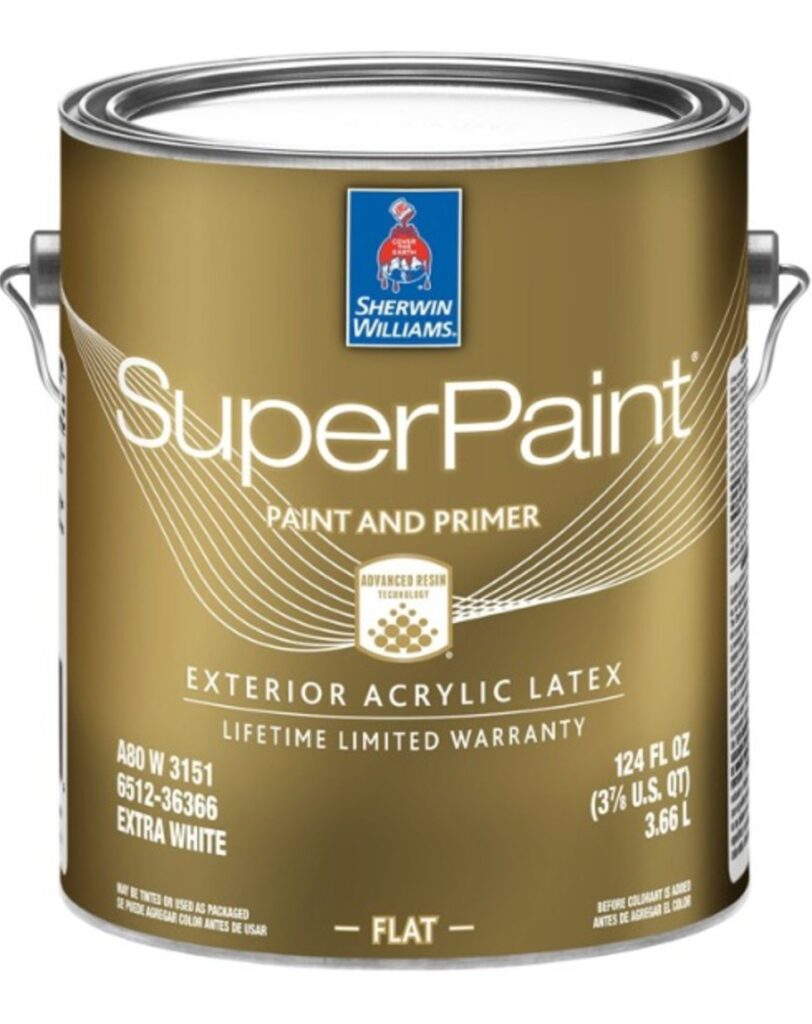
SuperPaint with VinylSafe technology has changed the game for vinyl siding. Gone are the days of tiptoeing around color choices to protect the vinyl. Now you’ve got over 100 shades to play with, no strings attached!
It’s a dream to work with — flows like silk and doesn’t leave any telling marks from brushes or rollers. It keeps dirt and mold at bay and holds its color like nobody’s business, and cleaning it is a breeze.
One vs Two Coats: Three-Year Experiment
I recently stumbled across one experiment by The Paint Pals that settles the second coat debate once and for all. They put samples through the wringer — laying them flat under the sun for 3 years, which is way tougher than what your house walls typically face.
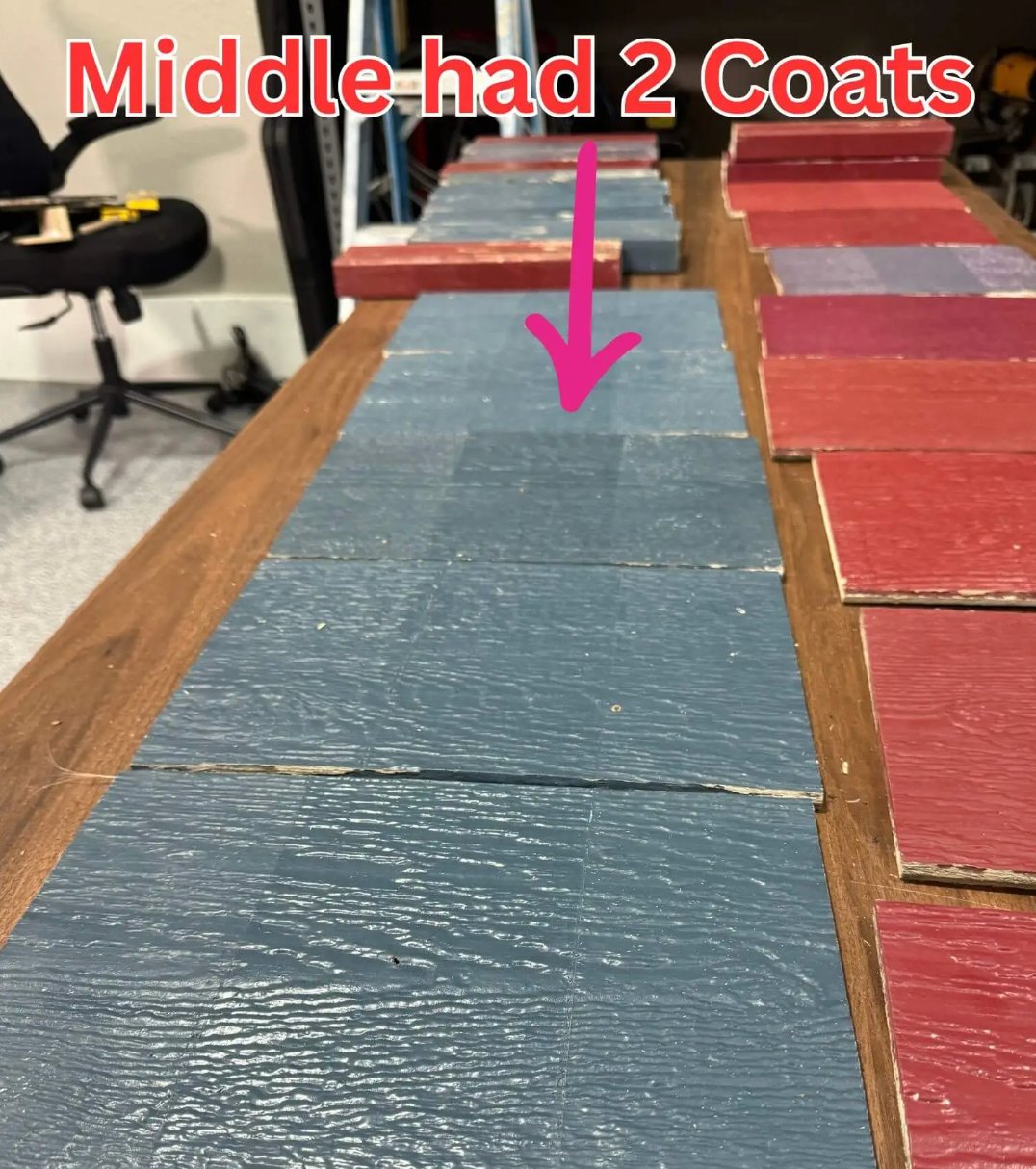
They painted one sample with a single coat and another with two, and wow, what a difference. The blue with two coats held up way better, especially where the sun kept hammering away at it.
I used to go back and forth with clients about adding that second coat, but now I just show them the experiment photos — can’t argue with that kind of evidence.
Here’s something absurd — even those fancy lifetime-warranty paints can’t stop fading on horizontal surfaces, but that second coat really pumps the brakes on the process.
Choosing the Right Color
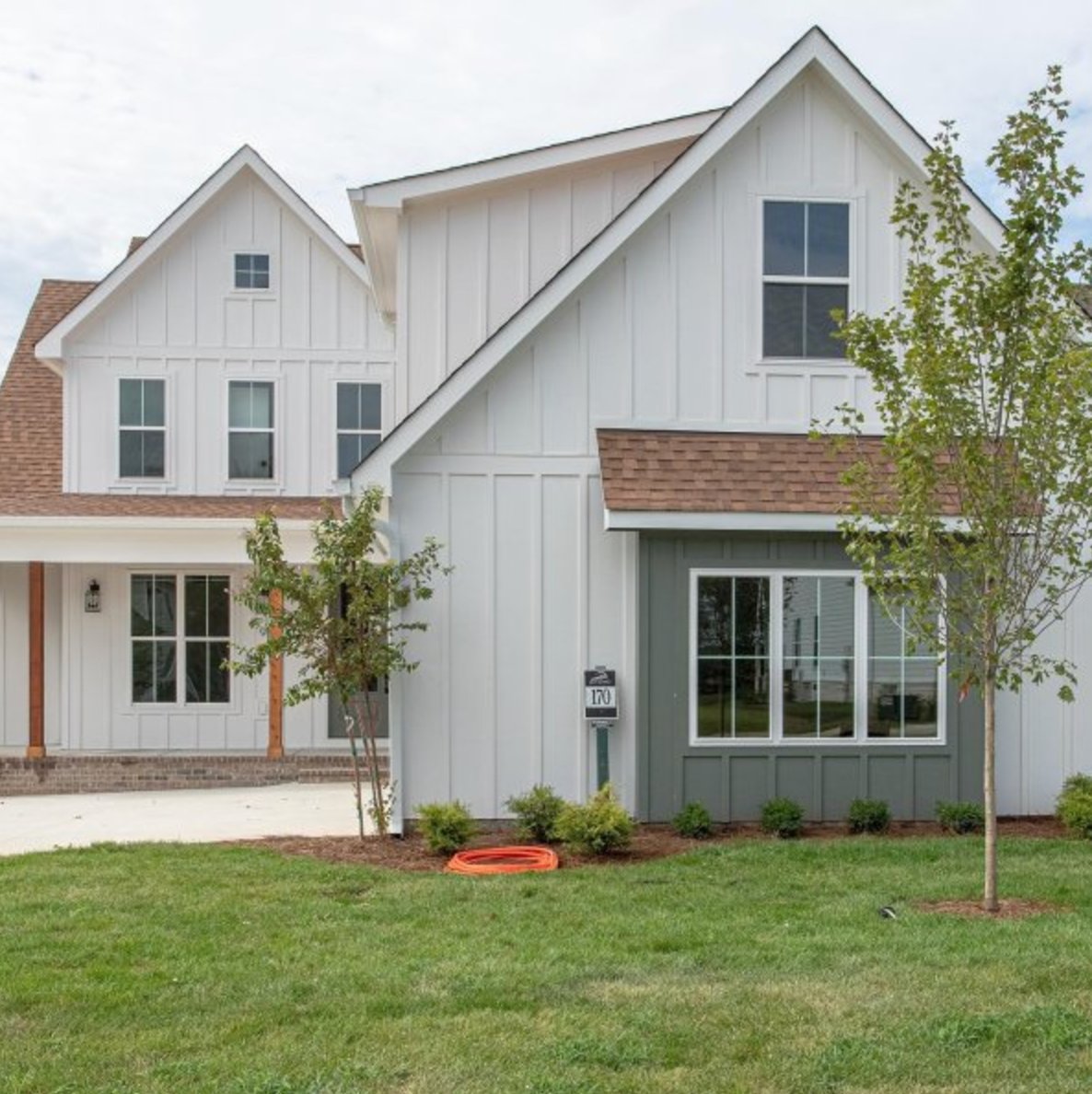
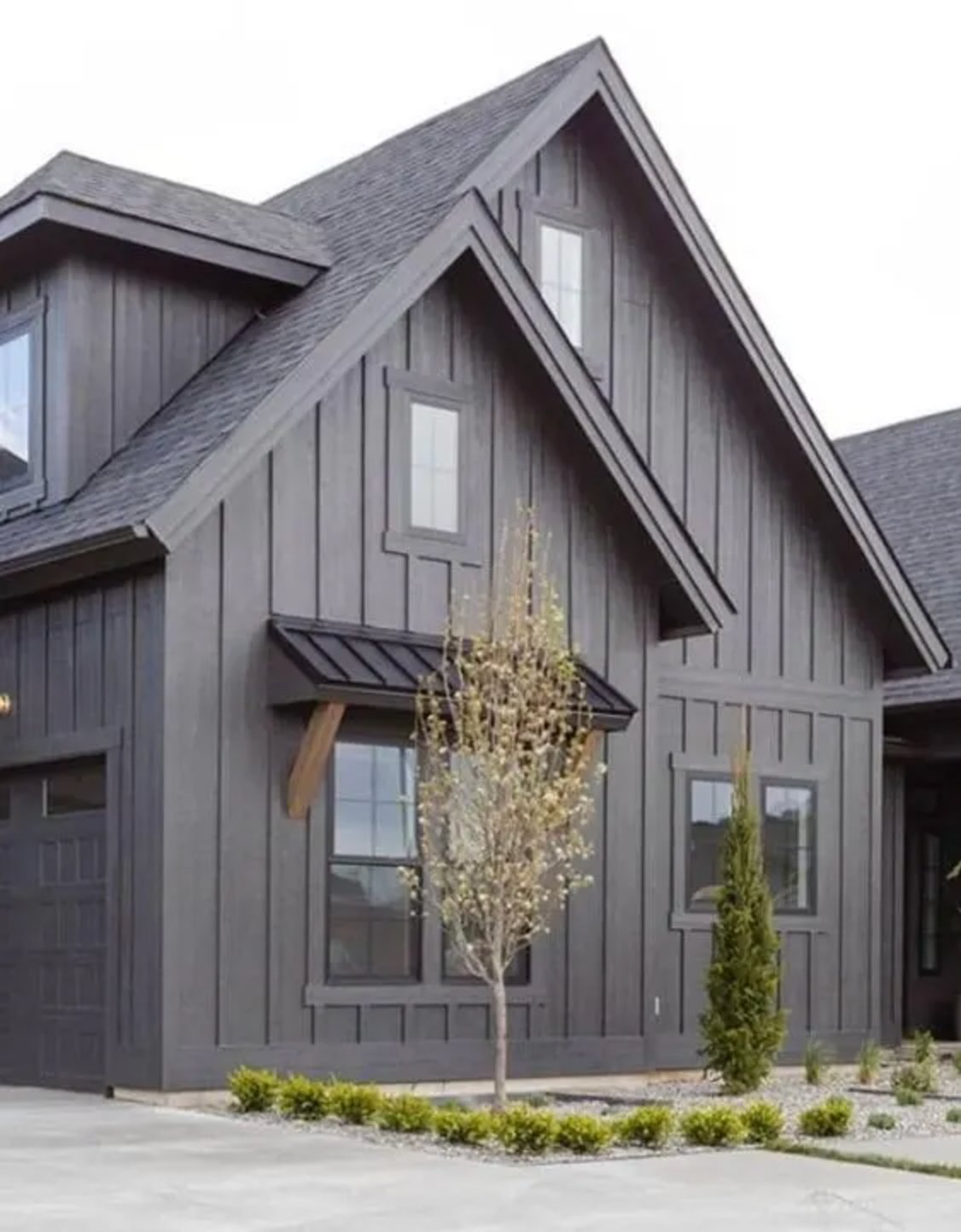
Picking a facade color can make your head spin, but I have some shortcuts for you. I’ve put together about 70 different exterior looks in one of my articles — perfect for sparking some ideas. If you want specific shades, check out my deep dives into brown and green exterior colors.
After working on houses in various climates, I’ve learned that color isn’t just about looks.
Dark colors are like sun magnets — they can crack your paint and even mess with your siding. Glossy finishes might be easier to clean, but they’ll show every little bump and dimple. Matte finishes are more forgiving, but they’re dust and dirt magnets.
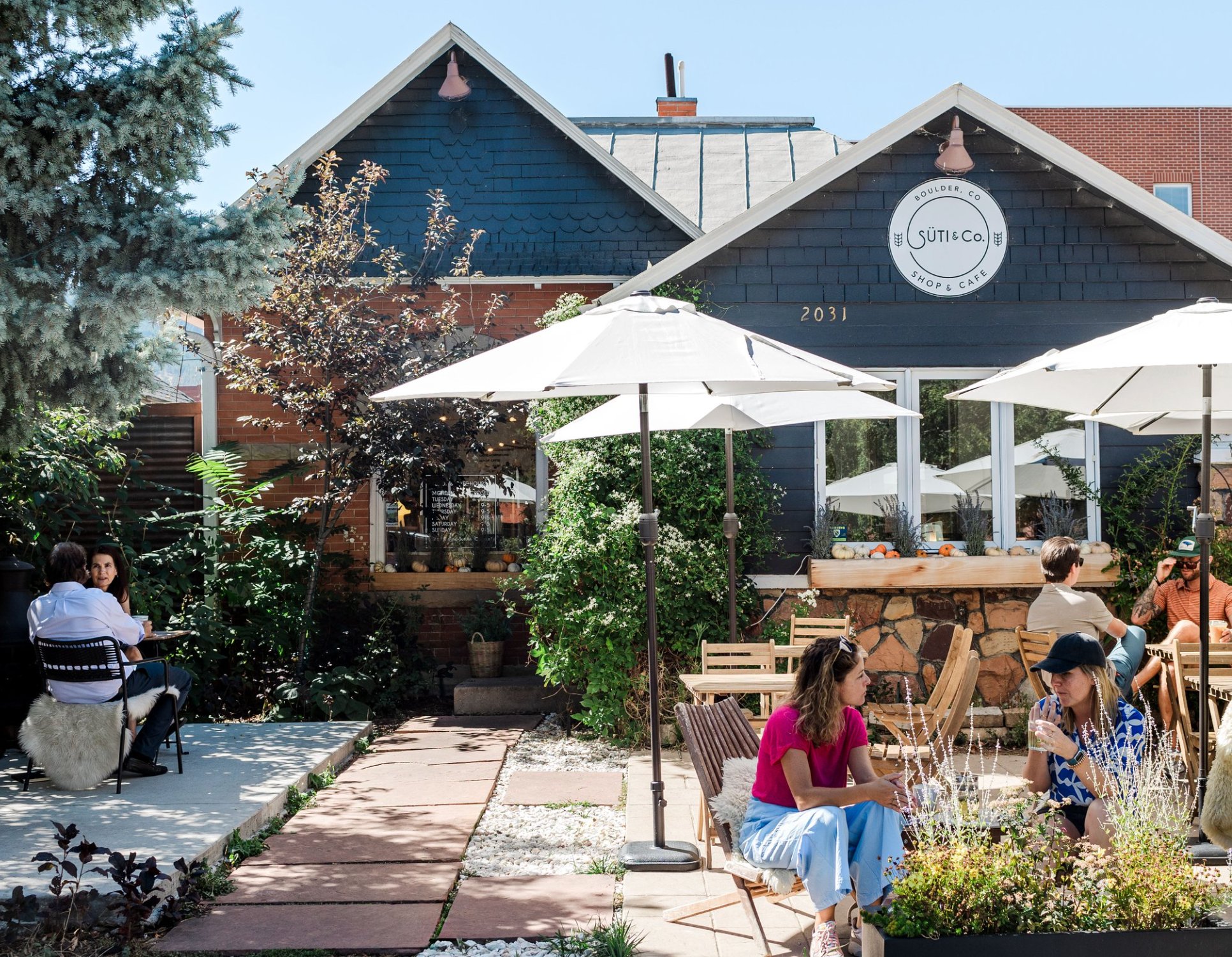
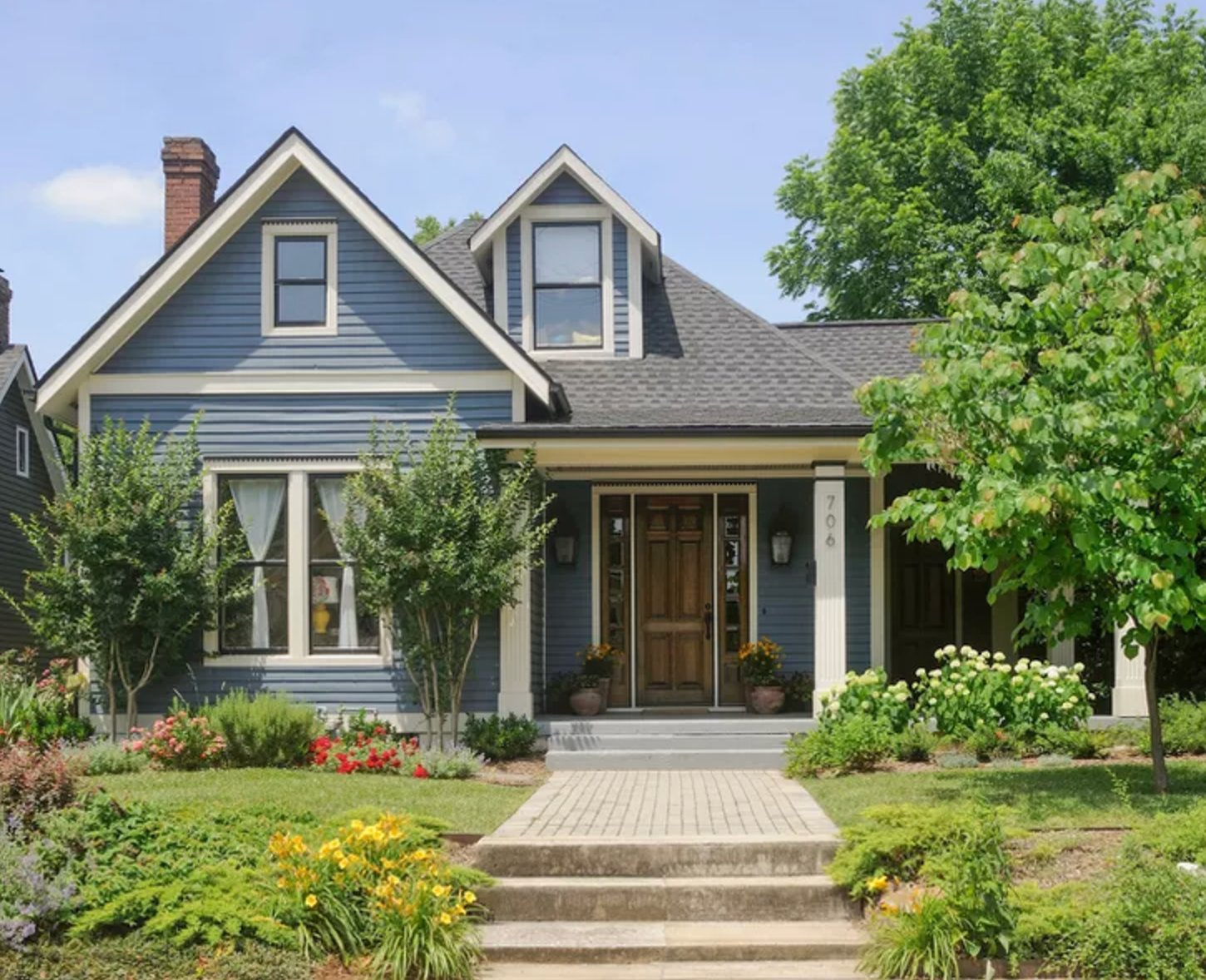
One last heads-up: before you fall head over heels for a color, check what your local building codes say.
Some neighborhoods are super strict about house colors — I’ve bumped into this more times than I can count. Sometimes, the rules are so wild they make me want to pull my hair out!
And don’t forget to consider your house’s style and how it fits in with the neighborhood. Trust me, you don’t want your place sticking out like a spaceship in the middle of a historic block.

